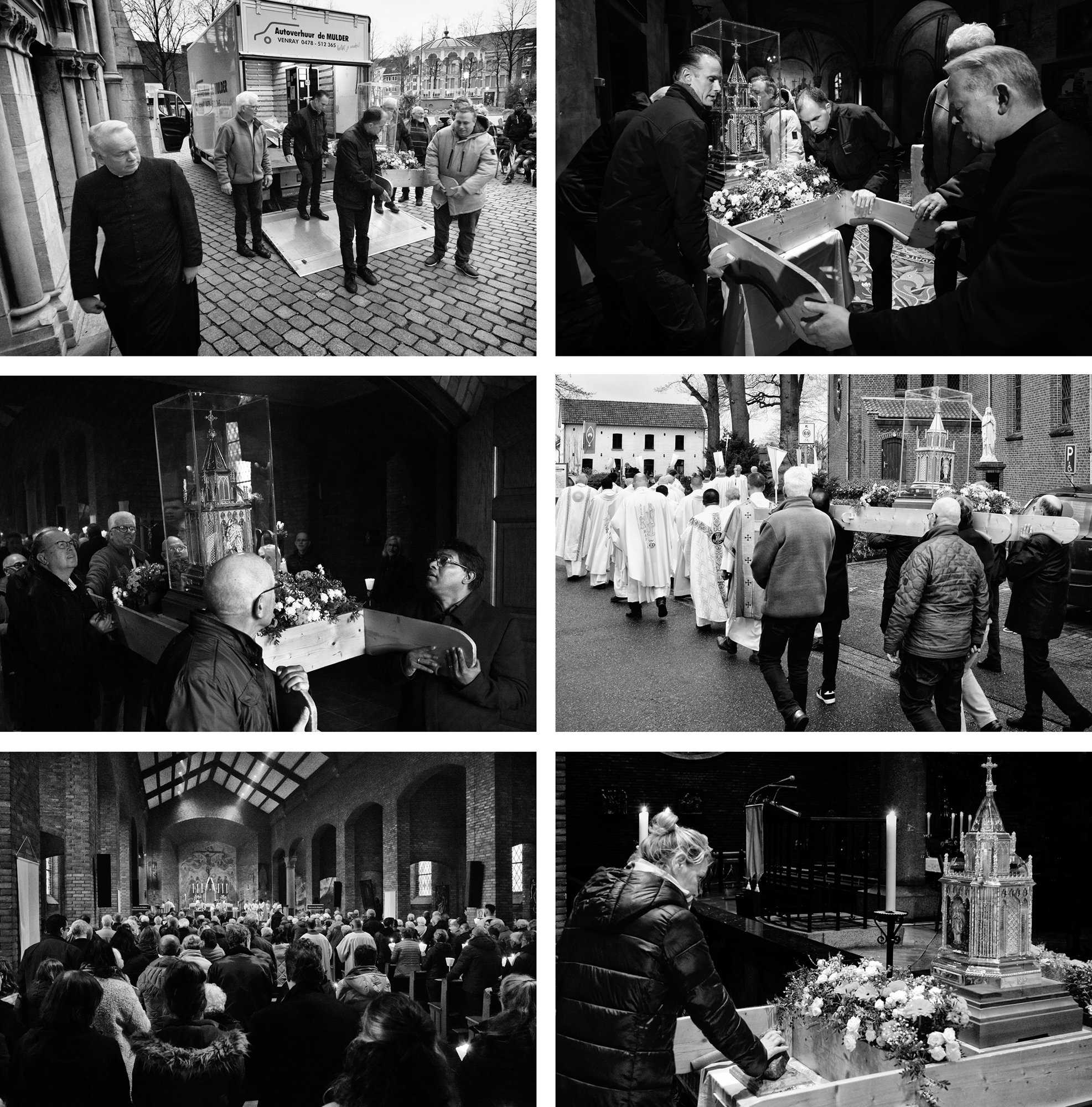The British Museum stands as a monumental repository of human heritage, boasting a comprehensive and diverse array of artifacts from across the globe. This vast collection, spanning continents, epochs, and cultures, serves as a testament to centuries of exploration, scholarship, and cultural interchange.
You can find in the museum objects from ancient Egypt, Sudan, Greece, Rome, the Middle-East, Asia, Africa, etc.. The objects were acquired with multifaceted intentions, reflecting the intellectual, imperial, and philanthropic motivations of their collectors. Rooted in the Enlightenment ideals of understanding and cataloging the world's diversity, acquisitions were driven by a deep-seated curiosity about humanity's past.
Central to the museum's formation is the Age of Enlightenment, characterized by an insatiable thirst for knowledge and a quest to unravel the complexities of human civilization. Scholars and explorers embarked on expeditions to unearth the material remnants of ancient cultures, viewing artifacts as gateways to understanding the origins and development of humanity.
The global expanse of the British Empire played a pivotal role in shaping the museum's collections, as encounters with diverse cultures during colonial expansion led to the acquisition of artifacts from distant corners of the world. These acquisitions not only served as symbols of imperial power but also fueled the emergence of anthropology and archaeology as scholarly disciplines.
Private collectors, including wealthy individuals, scholars, and adventurers, contributed significantly to the museum's holdings. Their amassed treasures, gathered during travels and often motivated by a desire for preservation or scholarly advancement, enriched the museum's collection and broadened its scope.
Ultimately, the objects within the British Museum were amassed with the overarching goal of preserving the material culture of humanity, fostering scholarly inquiry, and promoting cross-cultural understanding. Today, the museum stands as a global beacon of enlightenment, offering insight into the rich tapestry of world civilizations and their enduring legacies.

































